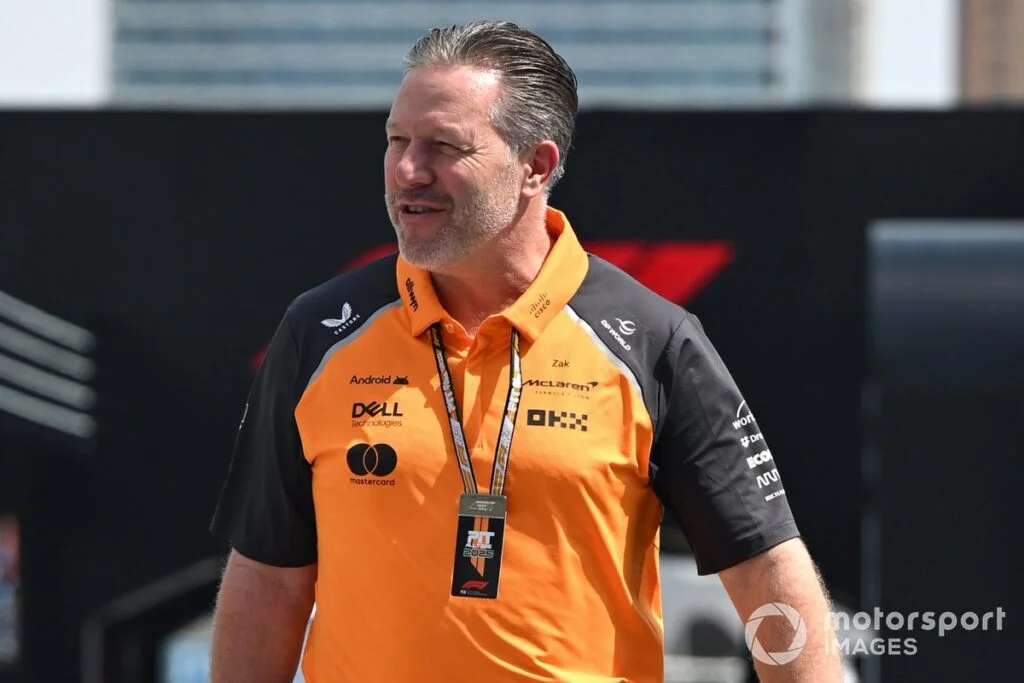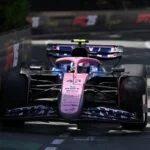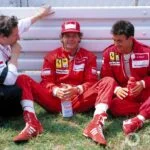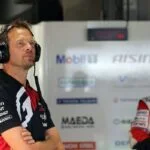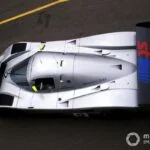The Origins of McLaren’s Unforgettable Papaya Orange Paint Scheme
Delve into the captivating story behind one of the most iconic paint schemes in modern Formula 1 racing – the legendary papaya orange livery of McLaren. This striking color scheme, far from a mere aesthetic choice, was a shrewd marketing decision that revolutionized the world of motorsport, all thanks to the visionary mind of Bruce .
The Early Life and Racing Career of Bruce McLaren
Born in 1937 in Auckland, New Zealand, young Bruce McLaren was bitten by the racing bug as a teenager. At just 14, he began competing in hillclimb events, little knowing that his destiny lay in one of the most elite forms of motorsport. His talent was soon recognized by Jack Brabham, leading to his first Formula race entry in 1958 with the Cooper F2 team. At just 22 years old, he clinched his first win in Formula 1, setting the stage for his meteoric rise.
McLaren was more than just a talented racer; he was a visionary, an engineer, and a marketing genius. His legend grew when he established Bruce Motor Racing Ltd.
The Evolution of McLaren’s Livery
Initially struggling to define his team’s branding, McLaren started with a green, silver, and yellow livery in 1966, designed by motor racing artist Michael Turner to reflect his New Zealand roots. Over time, the livery underwent several changes before settling on the iconic papaya orange. In 1967, the cars were even painted red, but that color was already associated with a well-known team based in Maranello.
With Ferrari’s red already claimed, McLaren adopted the legendary papaya orange. “If we go back to how we became papaya, that was Bruce ‘s idea,” Zak Brown said in a recent Bloomberg video. “He wanted the car to be more noticeable, especially in black and white television.” The papaya color made its debut in F1 at the 1968 Race of Champions, with Bruce himself behind the wheel of the famous M7A, marking the beginning of a legacy that has fought for pole position ever since.
The Legacy of Bruce McLaren and McLaren Today
Bruce was a racing driver, team owner, designer, engineer, very aspirational, and a bit of a marketeer,” Brown continued. The papaya color first raced in F1 at the 1968 Race of Champions, won by Bruce McLaren himself in the famous M7A, setting the stage for the legacy that continues to fight for the front of the grid today.
I think Bruce was very well-rounded – a Grand Prix winner, won Le Mans,” Brown said. “And so he founded the racing team in 1963, passed away at Goodwood in an accident in June, in 1970.” It’s his legacy and inspiration that drives McLaren forward to this day. The company stands for what it did 60 years ago with Bruce : pioneering, engineering, racers, marketeers, and a genuine passion for motorsports.
Brown mirrors McLaren in many ways. They both understand the importance of marketing and come from racing backgrounds. While defined his history through racing success, Brown has defined his through his success in sports marketing. Joining the team in 2016 as executive director, he was able to translate his experience into successful commercial partnerships, making one of the most profitable teams on the grid today.
With McLaren currently leading the constructors’ standings after a successful 2024 season, drivers Lando Norris and Oscar Piastri will once again be fighting for papaya to be on top.

